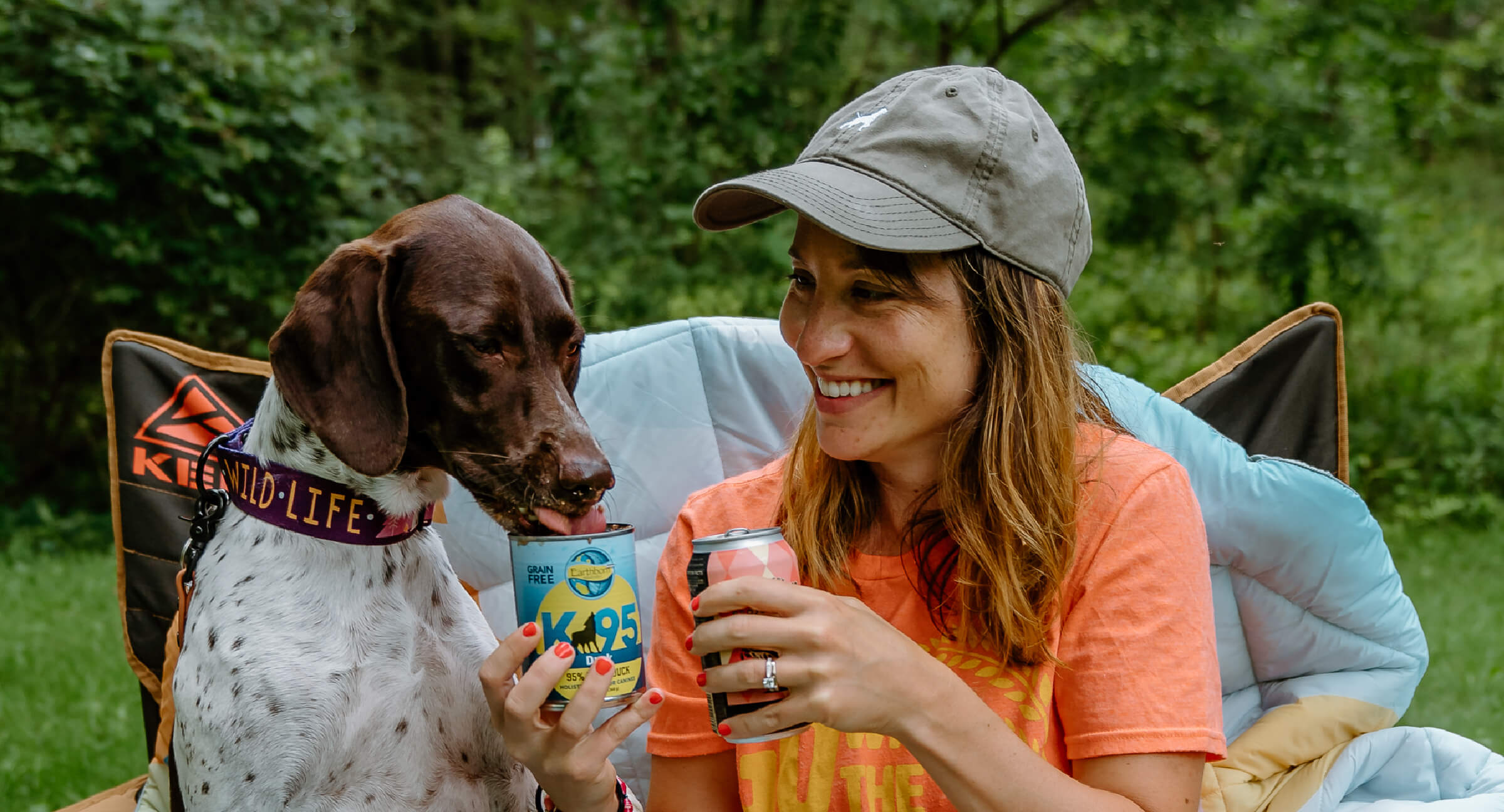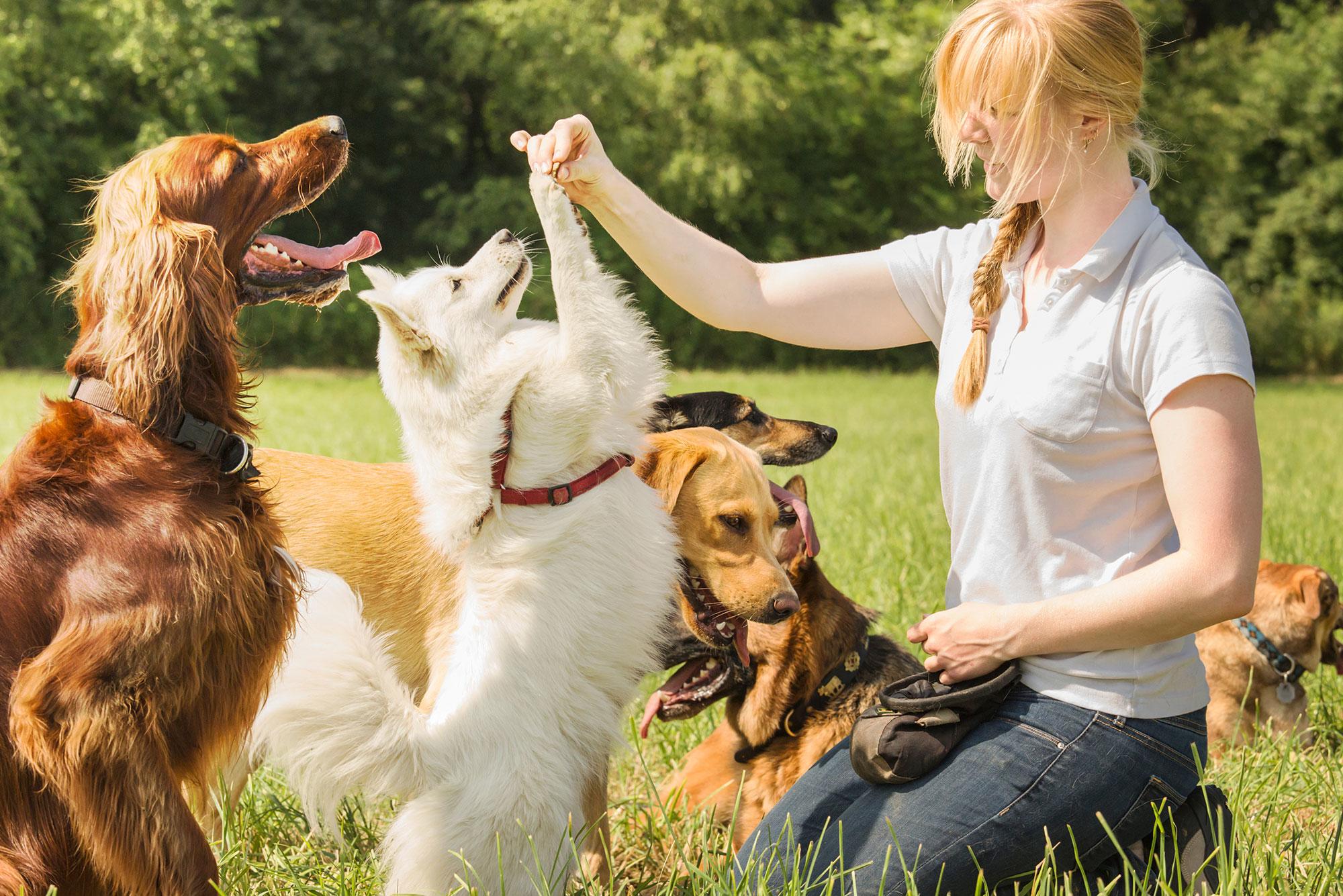Leading Pet Dog Educating Strategies Every Proprietor Need To Know
:strip_icc()/young-woman-training-her-dog-686725227-588bab6d5f9b5874ee8bcef5.jpg)
Positive Reinforcement Techniques
Making use of favorable support techniques is important for efficient dog training, as it fosters a relying on bond between the fitness instructor and the pet dog. This technique concentrates on satisfying desirable actions rather than punishing unfavorable ones, producing an atmosphere conducive to learning. Benefits can consist of treats, praise, or playtime, which motivate canines to repeat the behaviors that gain them these benefits.

Furthermore, this strategy enhances the pet dog's excitement for training sessions. When pet dogs connect training with positive experiences, they are a lot more engaged and receptive. Beyond instant actions modification, favorable support urges a collaborative connection in between the pet and trainer, lowering anxiety and worry
To optimize performance, it is critical to provide benefits immediately, making certain the pet connects the actions with the reinforcement. Basically, positive reinforcement strategies not just generate better-trained canines however likewise promote an unified collaboration in between pet and proprietor.
Remote Control Training Approach
The remote control training method is a very reliable strategy that builds on the concepts of positive support by adding a distinctive sound to mark desired behaviors. This technique utilizes a little handheld tool that produces a clicking sound, enabling instructors to interact with their dogs in a immediate and clear fashion. When a pet executes an actions that the owner wishes to urge, the remote control is activated, adhered to by an incentive, commonly in the kind of treats or praise.
The secret to successful clicker training lies in uniformity and timing. It is essential to click at the exact minute the wanted actions occurs, making certain that the pet dog associates the sound with the activity and the succeeding incentive. This technique not only boosts interaction but also promotes a stronger bond between the dog and the proprietor, as it encourages involvement and communication throughout training sessions.
Clicker training can be related to a selection of commands and habits, from fundamental obedience to much more complex methods. Its convenience and effectiveness make it a preferred strategy among expert fitness instructors and pet proprietors alike, leading the way for a receptive and trained canine friend.
Chain Training Essentials
Effective chain training is important for making sure a pleasurable and risk-free walking experience for both pets and their owners. Dog training. Chain training need to start early and be see this here approached with patience and uniformity. Begin by choosing an appropriate chain and collar or harness. A level collar may benefit some pet dogs, while others may benefit from a harness that reduces pulling.
Introduce your pet to the leash gradually, allowing them to discover it in a comfy environment. Technique loose-leash walking once they are accustomed. This entails fulfilling your pet dog for strolling beside you instead of drawing ahead. Usage deals with and praise to enhance websites desired behavior, and be sure to stay assertive and calm.
If your canine starts to pull, stop strolling quickly. Wait until they return to your side before resuming. This instructs them that drawing does not bring about proceed. Additionally, practice numerous strolling atmospheres to help your pet dog adjust to disturbances.
Routine method will strengthen your dog's understanding of leash rules. Keep in mind that leash training is a continuous process; patience and uniformity will certainly yield the most effective results, cultivating a favorable experience for both you and your canine buddy.
Socializing Approaches
Socializing is an important aspect of dog training that should ideally begin during puppyhood but can be beneficial at any kind of age. Efficient socializing helps pet dogs develop confidence and reduces the possibility of behavioral problems. To implement effective socializing methods, expose your pet dog to a range of environments, people, and other animals.
Start with controlled setups, such as puppy classes or arranged playgroups, where young dogs can engage securely. Slowly present your pet dog to new experiences, consisting of different noises, surface areas, and tasks. Make sure these experiences are gratifying and positive to develop a feeling of security.
For adult pet dogs or those doing not have direct exposure, begin with low-stress situations. Short, favorable interactions with friendly humans and calm dogs can develop favorable associations. Utilize treats and praise to reinforce preferable behaviors during these experiences.

Consistency and Patience
Identifying the value of uniformity and patience in canine training is essential for accomplishing enduring outcomes. Inconsistent training can lead to complication, making it tough for the dog to understand behaviors or commands, ultimately preventing progression.
Moreover, patience is a critical component of efficient training. Canines, like human beings, discover at their very own speed. Some may comprehend ideas quickly, while others could take longer. It is vital for owners to stay tranquil and supportive, reinforcing favorable actions without turning to stress or penalty. This promotes a trusting partnership in between the canine and owner, encouraging a much more eager and passionate learner.
To cultivate consistency and perseverance, develop a regular training routine, make use of look at here now the exact same commands, and make sure that all household participants use the exact same training principles - Dog training. By doing so, you create a stable setting for learning, allowing your pet to thrive and develop into a mannerly companion
Conclusion
In verdict, effective dog training methods, such as positive support, remote control training, and correct leash training, are vital for promoting a healthy and balanced owner-dog partnership. Additionally, carrying out socialization strategies and preserving uniformity and persistence throughout the training process contributes considerably to a canine's overall well-being. By integrating these techniques, pet dog owners can promote the growth of well-adjusted, loyal family pets, eventually boosting the lifestyle for both the owner and the pet.
Amongst the most prominent methods are positive support, remote control training, and leash training, each offering distinct benefits that add to a well-behaved canine. As we check out these basic strategies, it ends up being obvious that grasping their subtleties can dramatically impact the training experience and the pet's total habits.Making use of positive reinforcement techniques is crucial for effective dog training, as it fosters a relying on bond in between the trainer and the pet.In final thought, effective pet training techniques, such as positive reinforcement, remote control training, and appropriate chain training, are important for fostering a healthy and balanced owner-dog connection. By incorporating these methods, pet owners can promote the development of well-adjusted, obedient animals, eventually boosting the quality of life for both the owner and the canine.
 Alisan Porter Then & Now!
Alisan Porter Then & Now! Joshua Jackson Then & Now!
Joshua Jackson Then & Now! Michael Jordan Then & Now!
Michael Jordan Then & Now! Lynda Carter Then & Now!
Lynda Carter Then & Now! Lacey Chabert Then & Now!
Lacey Chabert Then & Now!